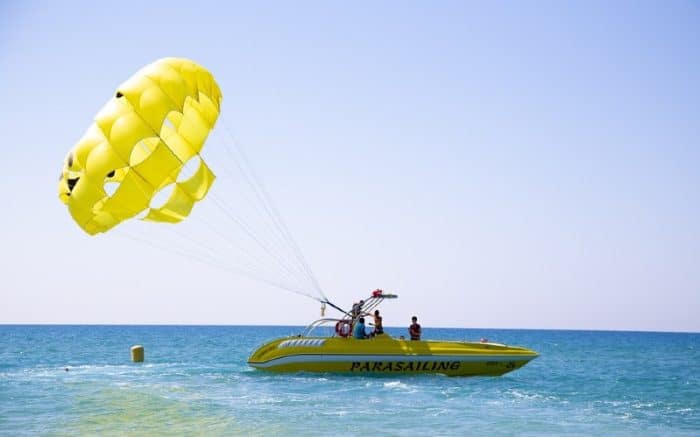
Place the middle point of that shorter dowel about one quarter of the way down the longer dowel, forming a cross. Take your shorter dowel and find the middle. We used one that was 40 inches long and one that was 32 inches long. I wouldn’t recommend making one any smaller than 24 inches long.įor the diamond kite, you’ll need two relatively long dowels. You can make your DIY kite any size you want, but a larger kite is going to fly better than a smaller kite. To make a diamond kite, you’ll want to start by making a frame. This four sided design is the most simple to make, and easy to fly. When you picture the shape of a kite in your mind, you’re likely picturing the classic diamond shape.
#DIY KITE BOAT HOW TO#
If you can’t get out to purchase all these items, you can easily order them all on Amazon! How To Make A Kite: The Classic Diamond Kite You just want to make sure you have a whole lot of it so your kite can fly really high! Wooden dowel rods are traditionally used in kite making, and you can find them at any hardware store.įor our string, we grabbed some multipurpose twine from the hardware store, but you could use fishing line or any lightweight string you have. We also found duct tape the same color as our plastic tablecloths at the dollar store, so we picked that up as well. Other materials you could try are a plastic garbage bag, newspaper, or even thick wrapping paper.

They’re still sitting in our garage right now waiting to take them out for some fun. We’ve also made kites from a medium duty tarp, and they have held up for multiple trips to the park for flying. If you want your kite to last for more than just one day, I recommend using a stronger material. It sustained some damage in a few crash landings along the way. *NOTE: Using the plastic tablecloth definitely made this a one time use kite. We liked that there was a variety of colors to choose from. We used a plastic tablecloth from our local dollar store for this tutorial.
#DIY KITE BOAT FULL#
You can find out more information by reading my full disclaimer. Links in this post may be affiliate links, which means I may earn a commission if you make a purchase from any of them, at no additional cost to you. You’ll want to read the whole post first to get all the important tips and tricks to get this project right the first time! I’m including printable instructions for this project at the bottom of this post, but it’s really just the absolute basics meant to refresh your memory. I’m going to share with you two different ways to make a kite: the classic Diamond kite and the basic Delta kite. You can always buy kites online, but making one yourself is so much more fun!

The concepts of lift and drag are easily explained when kids have a hand in making and flying their own kites. Learning how to make a kite also a great way to teach kids about science. All you need is a few simple materials and a little know how, and your DIY kite comes together in a few minutes.

It’s really not too complicated to make your own kite. And the whole thing can be even more special if the kite is homemade. The sheer joy of launching a kite into the air is something every kid should experience. Kite Tails: Adding tails to single line kites helps them to remain stable in stronger winds.I am so excited to teach you how to make a kite! If it comes down head first or spins, there might be too much wind. Different kites fly in different winds.īridles: If your kite has an adjustable bridle, move it higher (nearer the top) in higher winds, and lower (towards the tail) in lower winds.

If the kite sinks tail first, there might not be enough wind. Reel out enough line for altitude and simply pull the kite aloft. No Helper? Prop the kite up against a bush, post, or wall. On command, the helper releases the kite and the flier pulls the line hand-over-hand while the kite gains altitude. Light Wind? Have a helper take the kite downwind and hold it up. Repeat this until your kite gains the altitude necessary to find a good steady wind. Let the kite fly away from you a little, then pull in on the line as the kite points up so it will climb. If there is sufficient wind, your kite will go right up. Hold your kite up by the bridle point and let the line out.


 0 kommentar(er)
0 kommentar(er)
